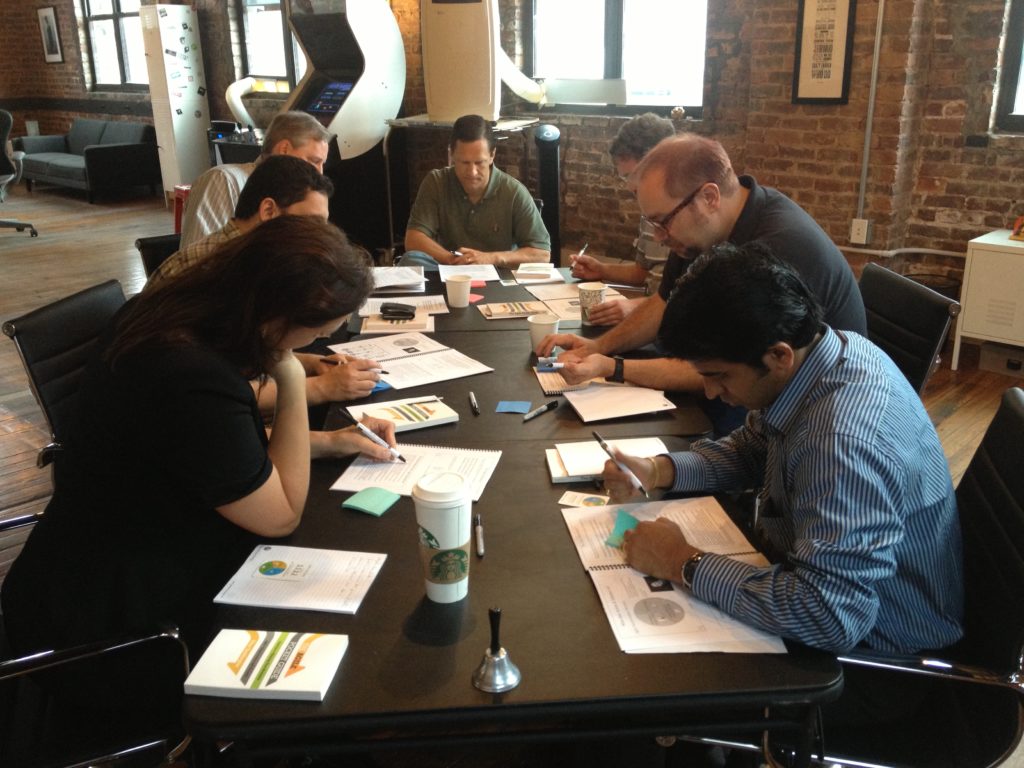Be Agile to Become More Agile!
I often get the question “How do we get better at agile?” I imagine a lot of agile consultants get this particular question because the answer is really at the heart of getting a great return on an agile investment. As many of you have realized by now, I tend to answer questions in unconventional ways, so my answer to this question is usually “Be agile!” I know, it doesn’t seem very helpful, so let’s break it down a bit.
What exactly do I mean by “be agile?” In my case I mean rely on the principles that drive agile, and the agile best practices teams use. If you concentrate on those things, what you end up with can be very powerful. Think about it for a minute. If you want to get better at agile, wouldn’t you want to get better at doing practices that embody each of the principles? That would certainly lead to significant improvement. But it goes beyond this as well.
We want to use our agile practices to improve our agile practices. Now that I have you totally confused, let’s come back to ground. I always tell teams if they can’t do a full agile transition they should at least do a couple of things. Those two items are to build in iterations, and use a ranked backlog of work to be done. If teams build the most important items first, and they combine that with building in iterations so they can correct misconceptions and other mistakes, they will build better software. Well, if we are trying to get better at agile, doesn’t it make sense to rank the things we feel will help in order of how valuable we think they will be? Doesn’t it make sense to iteration and learn every few weeks how we are doing (and keep ourselves accountable)? Of course these are good things. If we didn’t believe in them we wouldn’t be using agile in the first place!
In order to improve we must allow the process to work for us. At retrospectives ask the question “How can we improve this next iteration?” Create or update the list of possibilities and rank them in order of value. Pick one or two to work on during the iteration and see how it goes. At the next retrospective ask how they went and adjust based on the results, or go to the next items on the list for potential improvement. It is NOT acceptable to simply stay stagnant because you won’t be. If you are not improving, you will slowly be degrading, so work on keeping improvement something that is important to you and the team!
Go be agile, and keep improving by doing so!
Oh, don’t forget the Agile Product Management Boot Camp public course coming up on March 9 and 10. This course is going to fill up fast. We are finding a lot of people agree with us and see the need for this particular course. Remember, we’re going to let 2 people in for the price of 1 if you know the magic code which is AFAB2FOR1. Sign up fast because you don’t want to miss this great course!





Responses